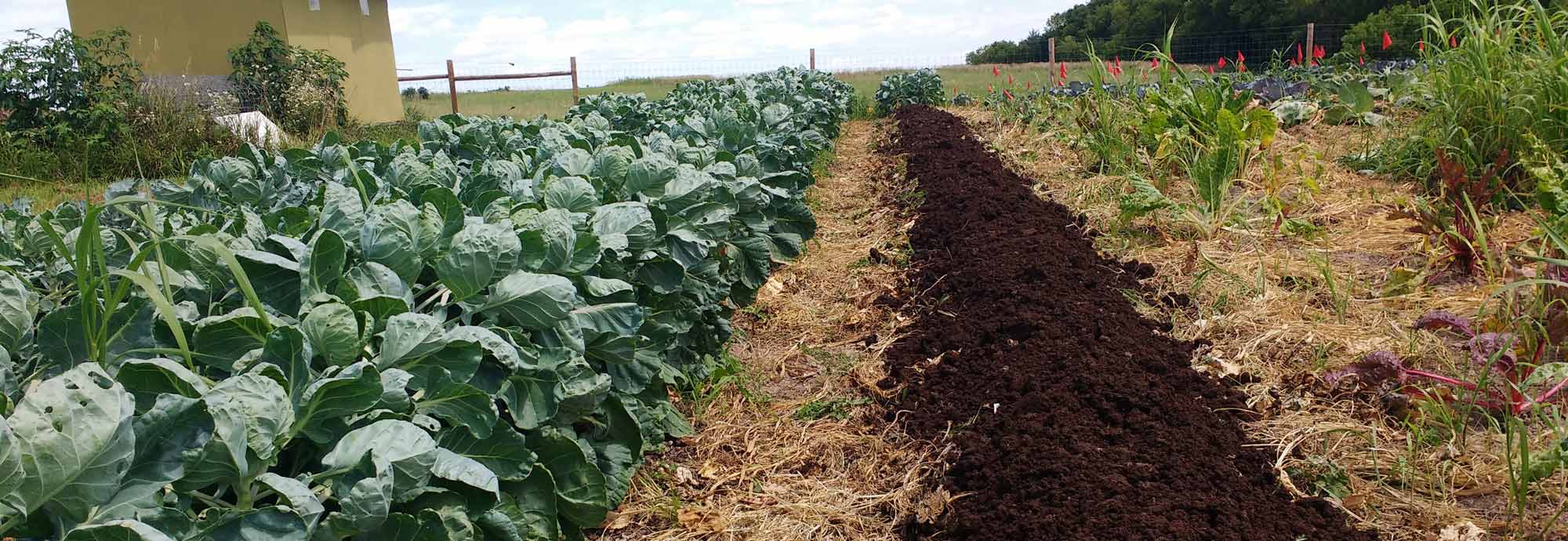Farming Systems
All farming systems have at their core an alteration of the natural environment for the purpose of producing food or fiber for human consumption. The level of alteration and input can be put along a continuum from most-human design to least.
Systems that rely on high levels of inputs, intensive tilling, and pesticides developed to decrease the diversity of plants and pests on a farm would be on one end (non-organic, monocrop systems). The middle ground is characterized by planned and unplanned diversity, where farmers select animals, plan crops, and introduce or encourage beneficial organisms and pests. The other end of the continuum would be harvesting plants and animals as they exist in a natural habitat without human intervention or design.
Thinking of farming systems as agroecosystems, embracing the symbiotic relationships and co-evolution of plants, animals, and humans can be traced to Indigenous ways of knowing and is a way to acknowledge the relationships between agriculture and natural landscapes.
In this time of climate change, stewardship of the land and working towards repair and regeneration of soil, water, plant, and animal diversity are critical components in choosing a farming system. Use the guide below to learn the differences between various sustainable and low-input farming systems. Search the Marbleseed Organic Resource Directory to find resources that support the right farming system for your farm.

Organic
This indicates that the food or other agricultural product has been produced using National Organic Program approved methods that integrate cultural, biological, and mechanical practices that foster cycling of resources, promote ecological balance, and conserve biodiversity. Organic farming strives for sustainability, the enhancement of soil fertility and biological diversity. Organic can refer to a production method and/or a labeling term. The USDA Organic label is the most meaningful and clearly defined label in the marketplace.
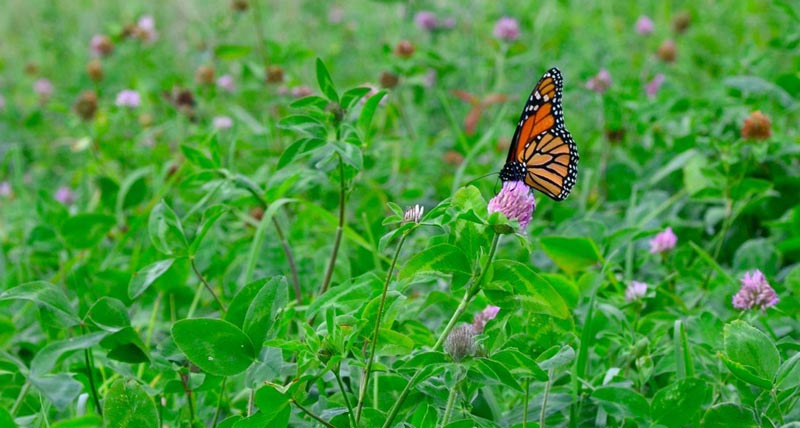
Regenerative
A holistic approach to agriculture that focuses on the interconnection of farming systems and the ecological system as a whole. The concept of regenerative farming is not new. Indigenous communities have used it for centuries, long before industrial agriculture occurred. A regenerative agriculture system seeks to meet our needs while actively improving the ecology and restoring ecosystem health. Well-designed organic systems aim to be regenerative, and any truly regenerative system must also be organic in nature.
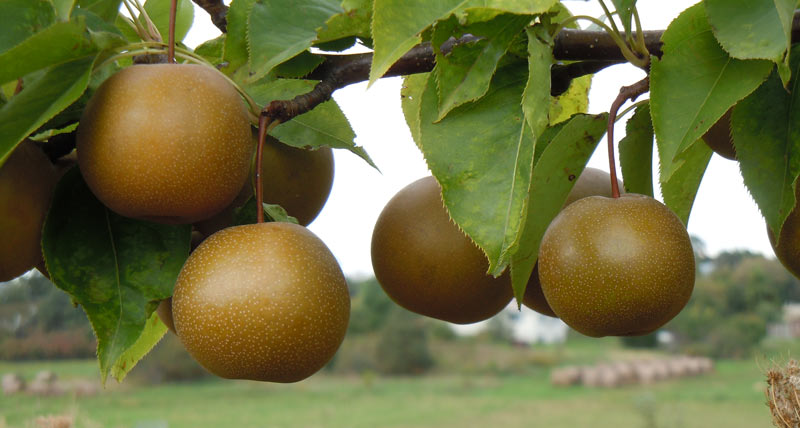
Agroforestry and silvopasture
The intentional integration of trees and shrubs into crop and animal farming systems to create environmental, economic, and social benefits. Silvopasture is the deliberate integration of trees and grazing livestock operations on the same land. These systems provide both short- and long-term income sources, shade for animals, increased water retention in soils, and carbon sequestration. Moving away from a reliance on annuals and toward long lived perennial tree cropping systems for our staples can go a long way toward building truly permanent agriculture, and culture more broadly.
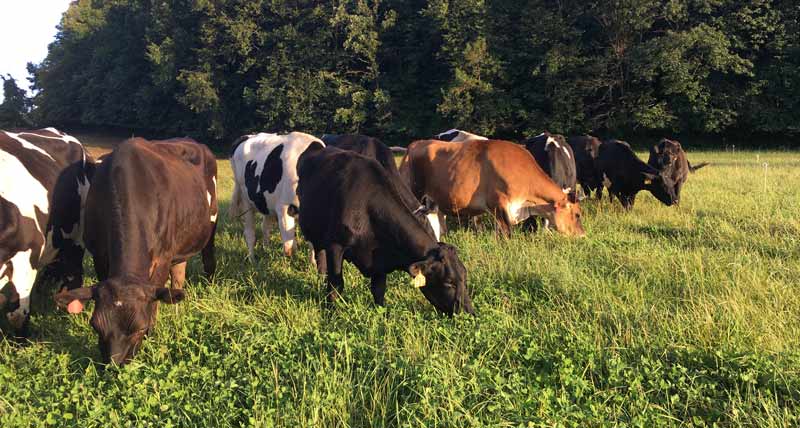
Managed Grazing
These practices rely on perennial pastures and the use of intensive rotational grazing practices in which short-duration, intensive grazing episodes are followed by long rest periods that allow pastures or fields to recover. Many of the richest and most productive soils in the world were built through this type of interaction of plants and animals.
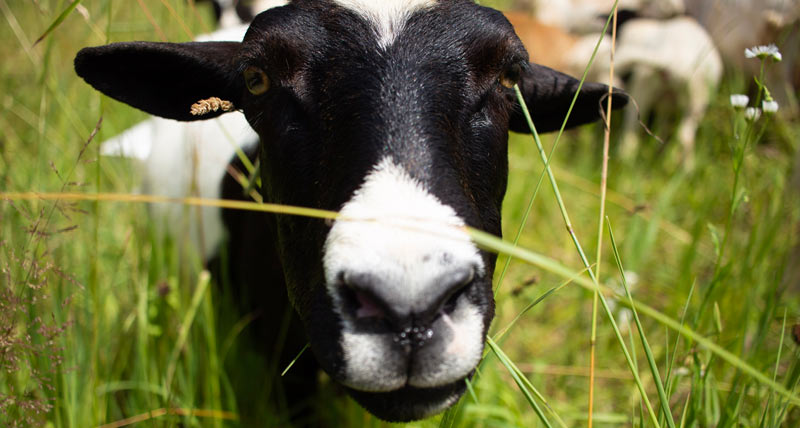
Integrated crop–livestock
Generates a significant portion of animal feed on cropland and pastures owned or managed by the livestock farmer. These systems use the crop and livestock enterprises to efficiently recycle nutrients, promote robust crop rotations and insulate livestock farmers from price fluctuations in feed and input markets.
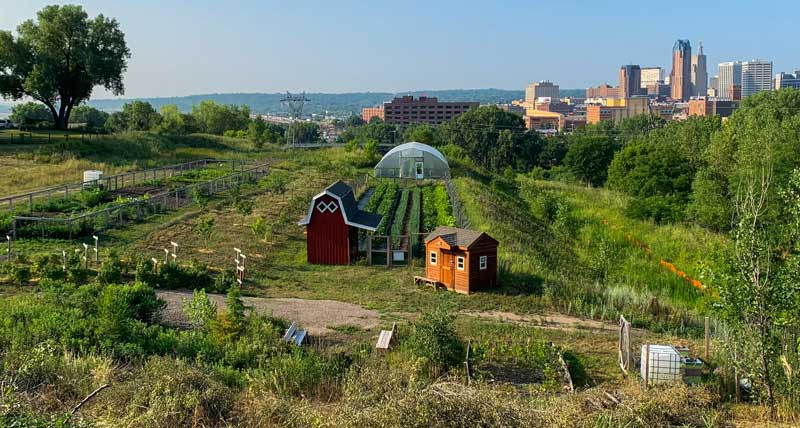
Urban farming
Organic methods are relevant in all settings. Urban environments present unique challenges as well as incredible opportunities to connect people and communities to food systems. Marbleseed represents the Midwest Agriculture Network in Wisconsin. This program is directed at connecting growers to conservation practices supported by NRCS with a focus on urban farming.
Partners working with Marbleseed on this effort include-
A truly sustainable food system will be one that works in balance with and mimics natural systems. Each of the farming systems and approaches described above support diverse, healthy, and regenerative agriculture. Visit our Resource Directory to find resources that can help you integrate the appropriate practices for your farm business.
*Definitions adapted from: sare.org/wp-content/uploads/Systems-Research-for-Agriculture.pdf downloaded 07.21.22
